Tourism plays a major role in the global economy and supports millions of livelihoods. It helps preserve cultural heritage and funds conservation. But in many cases, mass tourism is doing more harm than good. Overcrowding, pollution, habitat destruction, and cultural erosion are turning some of the world’s most treasured destinations into cautionary tales. As visitors flood these sites year-round, both nature and local communities are reaching a breaking point.
Maya Bay, Thailand
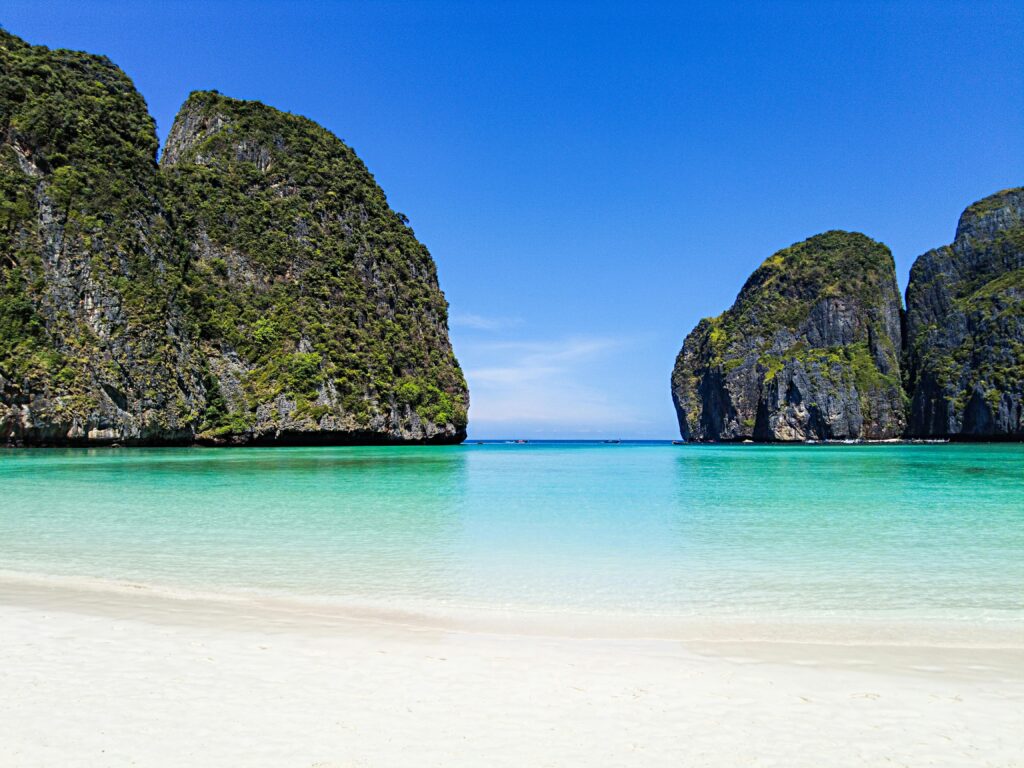
Maya Bay became an international icon after it was featured in the 2000 film The Beach, but its fame led to environmental catastrophe. Before the bay’s closure in 2018, it hosted up to 6,000 tourists and 200 boats daily. The fragile coral reefs were decimated, with over 80 percent reported as damaged or dead. Noise pollution disrupted the local blacktip reef shark population, which nearly vanished. Authorities closed the bay for several years to allow recovery and banned boats from entering directly. Since its 2022 reopening with strict visitor limits, coral transplant projects have begun, but tourism pressure remains high, and enforcement is inconsistent.
Venice, Italy
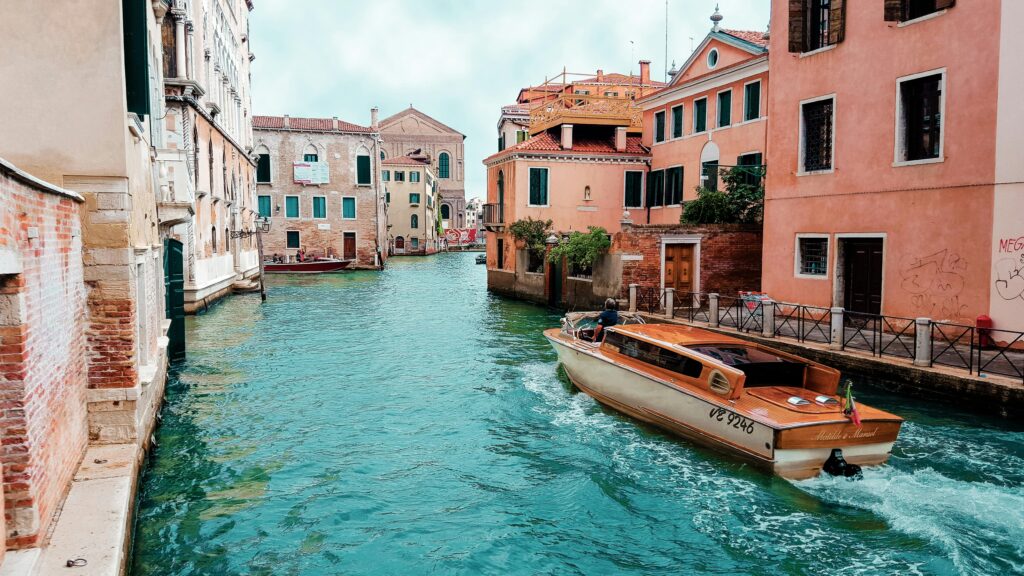
Venice welcomes more than 20 million tourists each year, many arriving on large cruise ships. These vessels not only bring thousands of visitors at once but also erode the city’s foundations by causing water displacement in the canals. The influx has driven up rental costs and caused a mass exodus of locals, reducing Venice’s population by nearly two-thirds since 1950. Tourist foot traffic is causing damage to centuries-old marble and brick buildings. In 2023, Venice introduced a €5 day-tripper fee to limit overcrowding, but critics say it does little to stop environmental harm or protect residents’ quality of life.
Machu Picchu, Peru
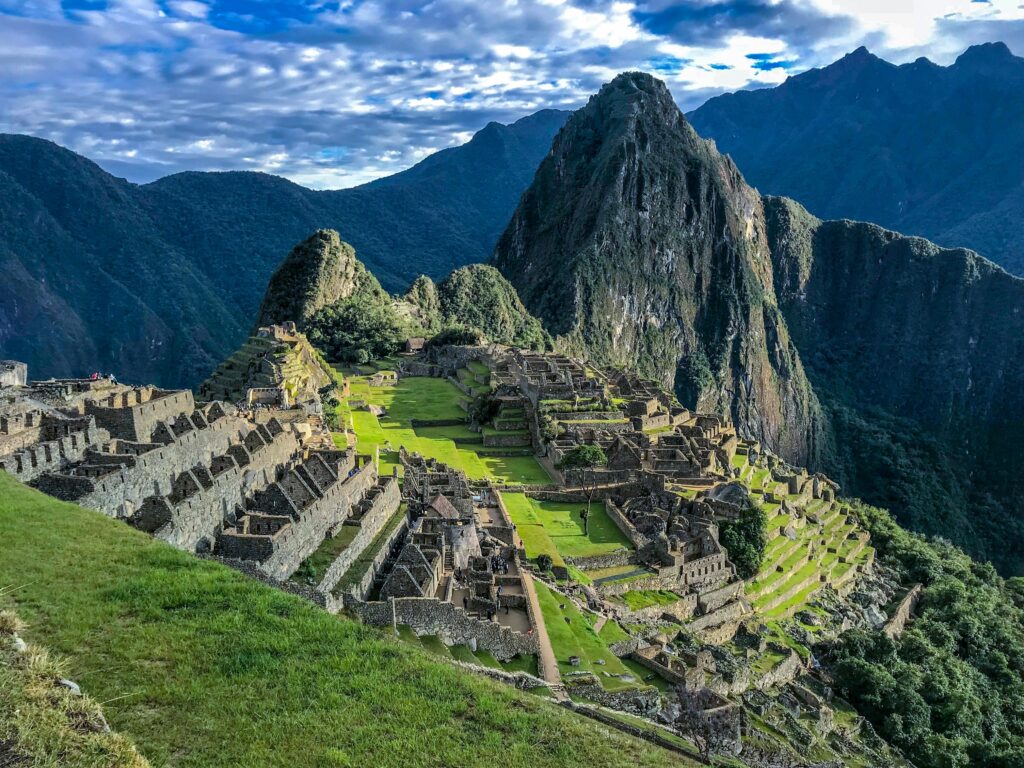
Machu Picchu is one of the most important archaeological sites in South America. Once a remote citadel, it now sees up to 5,000 visitors a day despite official limits. Excessive foot traffic erodes the delicate stone pathways and compacts soil, increasing landslide risks. Illegal hiking routes have also opened as tourists seek unregulated ways into the site. The Peruvian government introduced timed entry tickets, guided tour requirements, and restricted circuits. Still, rapid growth in nearby Aguas Calientes has led to unplanned urban sprawl, pollution of the Urubamba River, and loss of native vegetation.
Santorini, Greece
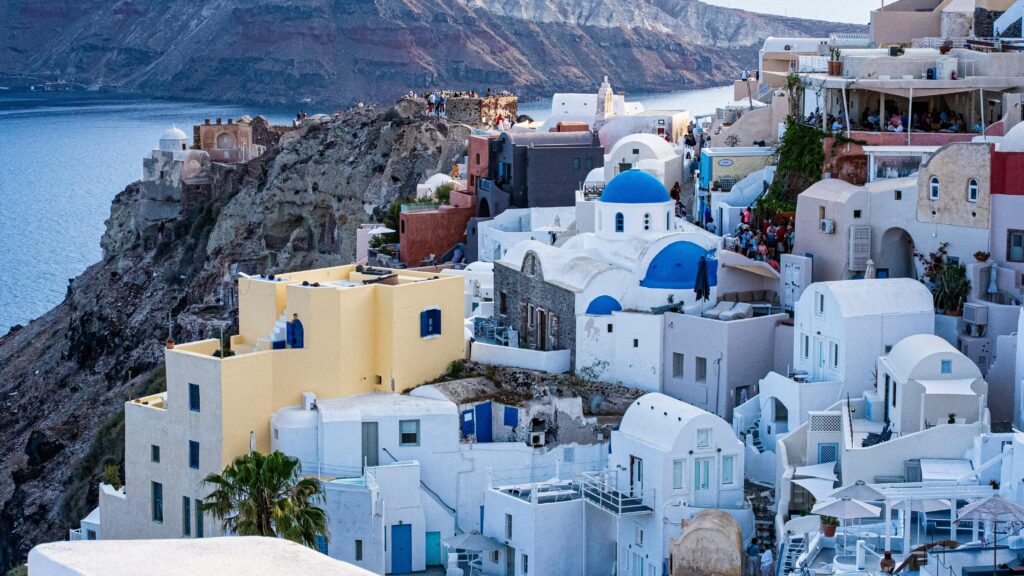
Santorini receives around two million visitors annually, vastly outnumbering its 15,000 permanent residents. This pressure is especially intense during cruise season, when up to eight ships can dock in a single day. The weight of foot traffic is damaging the island’s narrow volcanic paths and stairs. Over-tourism has strained water supply systems, forcing the island to rely heavily on desalination plants that increase energy use. Waste management is also a concern, with much of the trash ending up in illegal dumping grounds. Local officials have introduced caps on cruise passengers and are promoting off-season travel to ease congestion.
Komodo Island, Indonesia
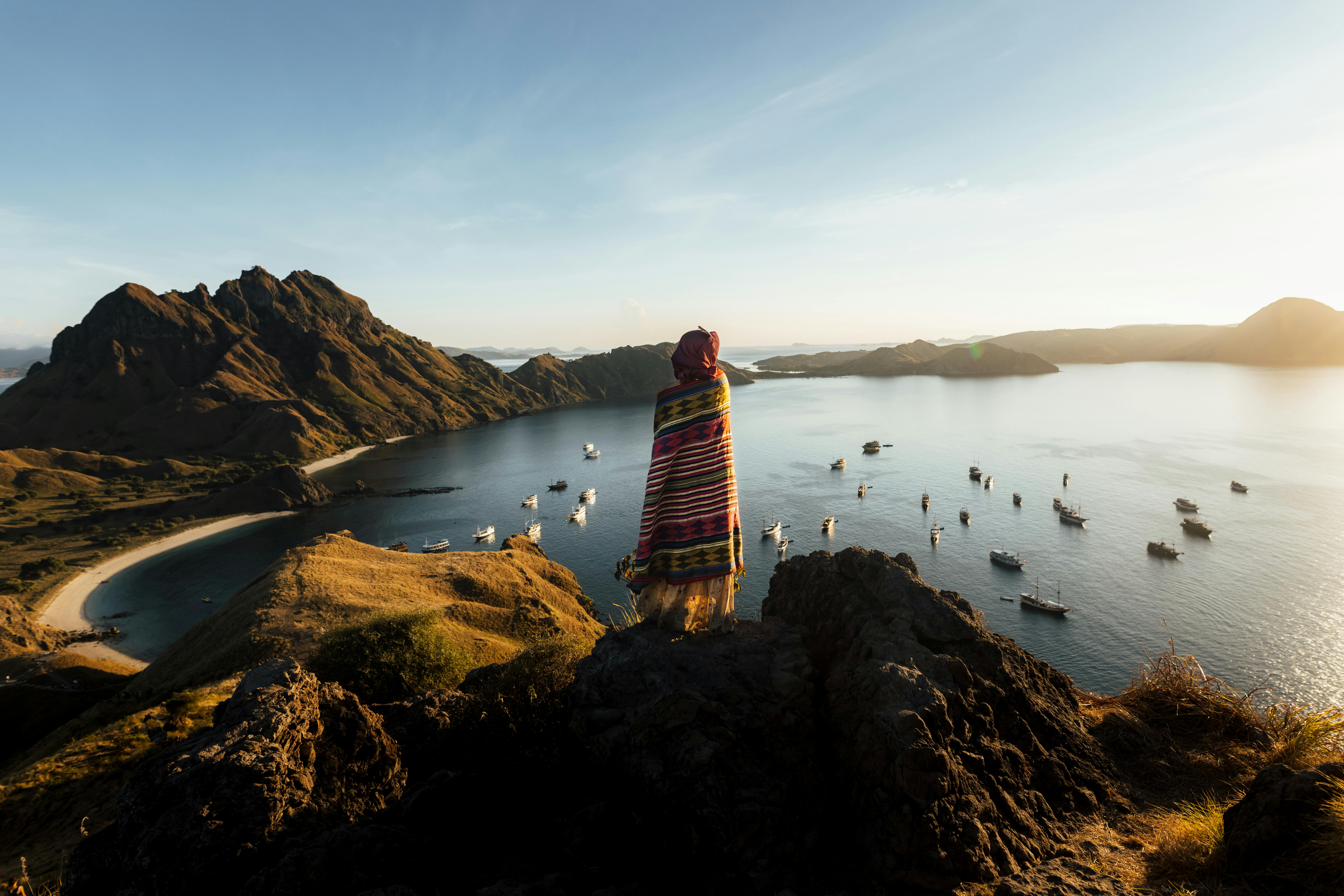
Komodo Island is one of the few places where Komodo dragons roam free. As interest grew, tourist visits rose to nearly 200,000 annually. Many visitors do not respect park rules, with some feeding the dragons or getting dangerously close for photos. Littering and motorboat pollution threaten both terrestrial and marine ecosystems. In 2019, Indonesian officials considered closing the island for conservation but chose instead to introduce a “premium” tourist fee of $1,000 per visitor, which has been difficult to implement. The habitat remains at risk from overfishing, coral damage, and illegal development.
Bhutan’s Paro Taktsang (Tiger’s Nest Monastery)
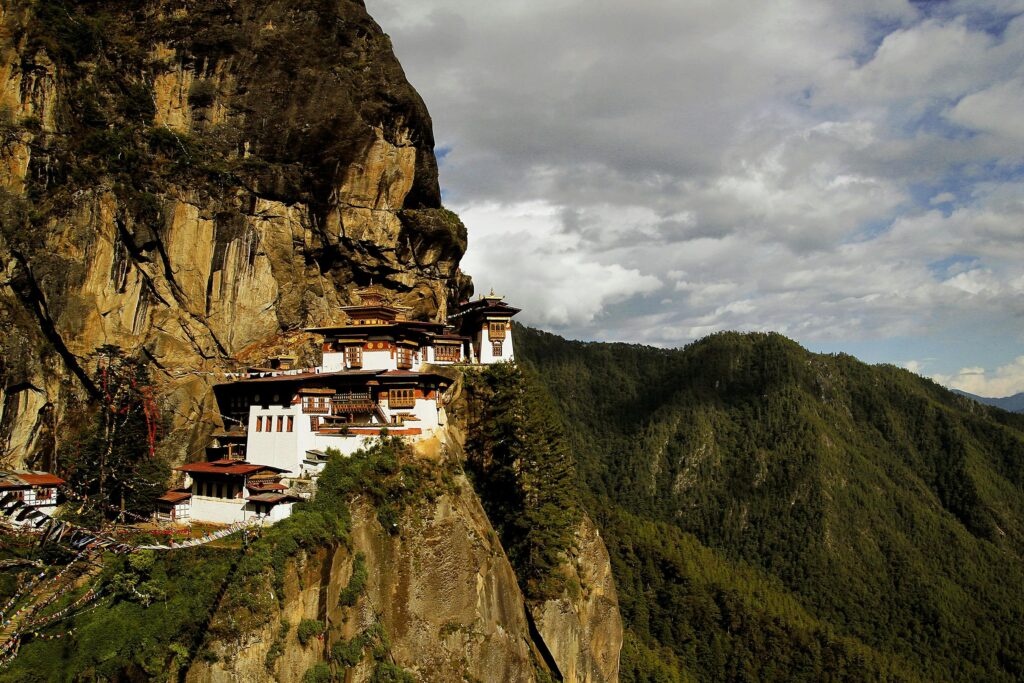
Bhutan limits tourism using a “high value, low volume” policy, charging visitors daily fees to control numbers. Despite this, Paro Taktsang draws more than 100,000 hikers a year, many during festivals or dry seasons. The trail to the monastery suffers from significant erosion and landslide risk due to increased footfall and horse traffic. Noise from tourists and drones disrupts the tranquility of the sacred site. In response, Bhutan has begun investing in environmentally friendly infrastructure and training local guides to enforce rules more strictly, but the pressure continues to mount during peak months.
Dubrovnik, Croatia
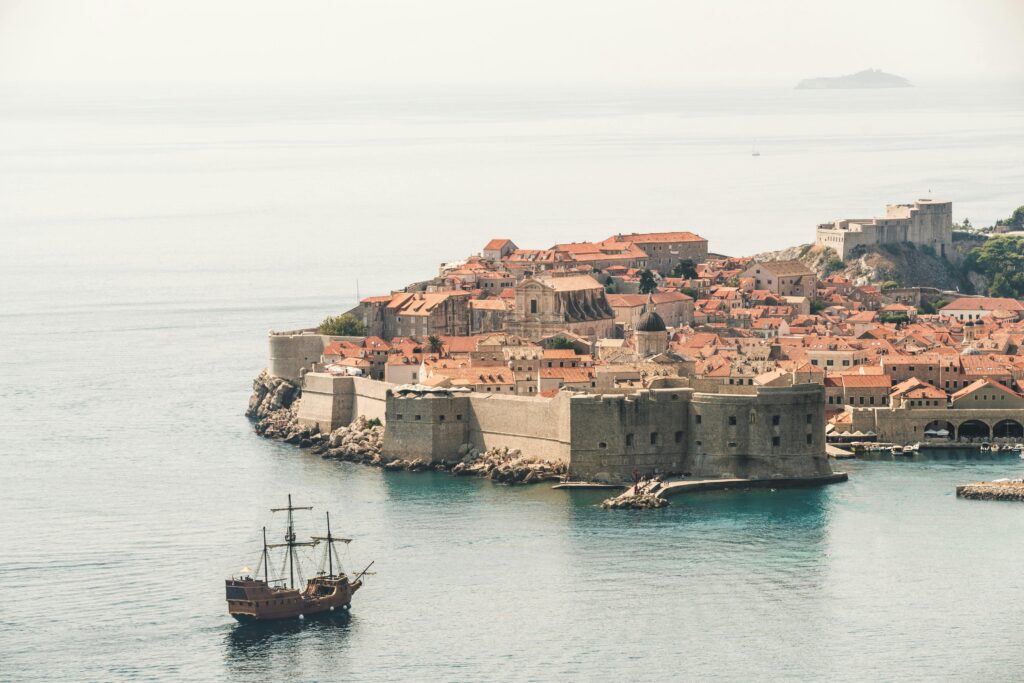
UNESCO has issued multiple warnings about Dubrovnik’s future as a heritage site due to mass tourism. On some days, the old town hosts more than 10,000 visitors despite its small footprint. Historic limestone streets are cracking under the weight, and heritage buildings are turning into souvenir shops and short-term rentals. In response, the city reduced the number of cruise ships allowed to dock from 5 to 2 per day and installed cameras to monitor crowd sizes. While these efforts have helped somewhat, the city still struggles with balancing preservation and tourism revenue.
Galápagos Islands, Ecuador

Home to species like the marine iguana and giant tortoise, the Galápagos are an ecological gem. However, tourism has grown from 12,000 annual visitors in the 1970s to over 275,000 today. This growth has led to invasive species introduction through boats and cargo. Tourism also contributes to rising temperatures, reef bleaching, and marine pollution. Authorities require all visitors to be accompanied by certified guides and limit the size of tour groups. Yet, loopholes in permit systems and illegal boat operators continue to put the islands at risk.
Read More: 2025’s Top 25 Travel Destinations
Barcelona, Spain
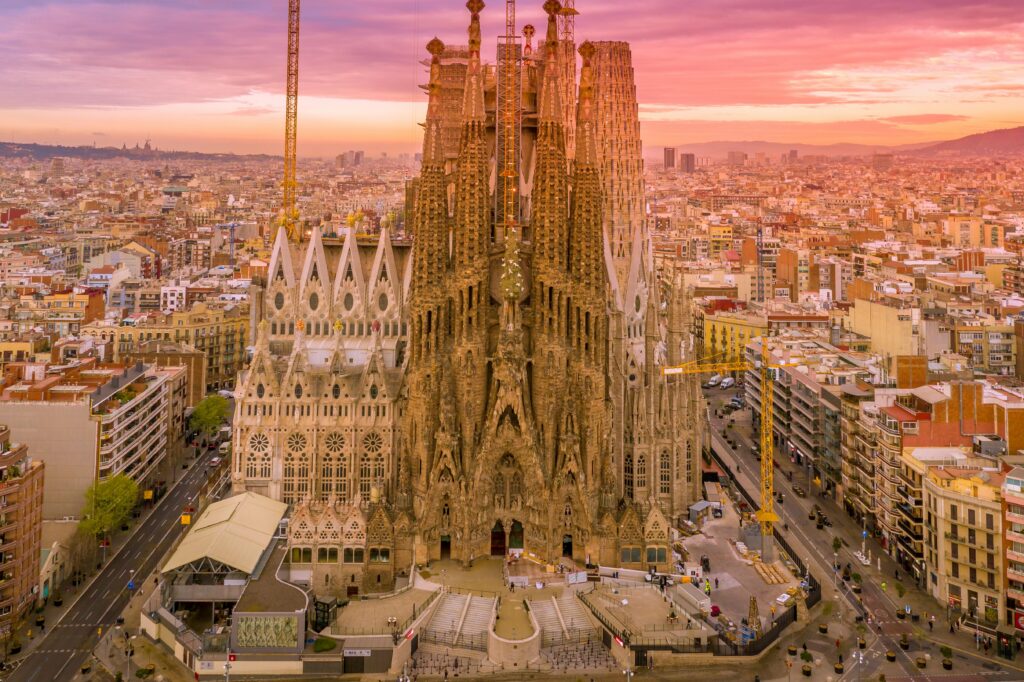
Barcelona is a prime example of a city being transformed by tourism. Entire neighborhoods like El Raval and Barceloneta have been hollowed out by vacation rentals. Locals face rising rent, overcrowded transit systems, and a surge in petty crime. Attractions such as La Rambla and the Gothic Quarter are overwhelmed year-round. The city has introduced caps on hotel development and bans on new short-term rental licenses. Protests against tourism have become common, and some locals are advocating for a full moratorium on tourism growth.
Mount Everest, Nepal
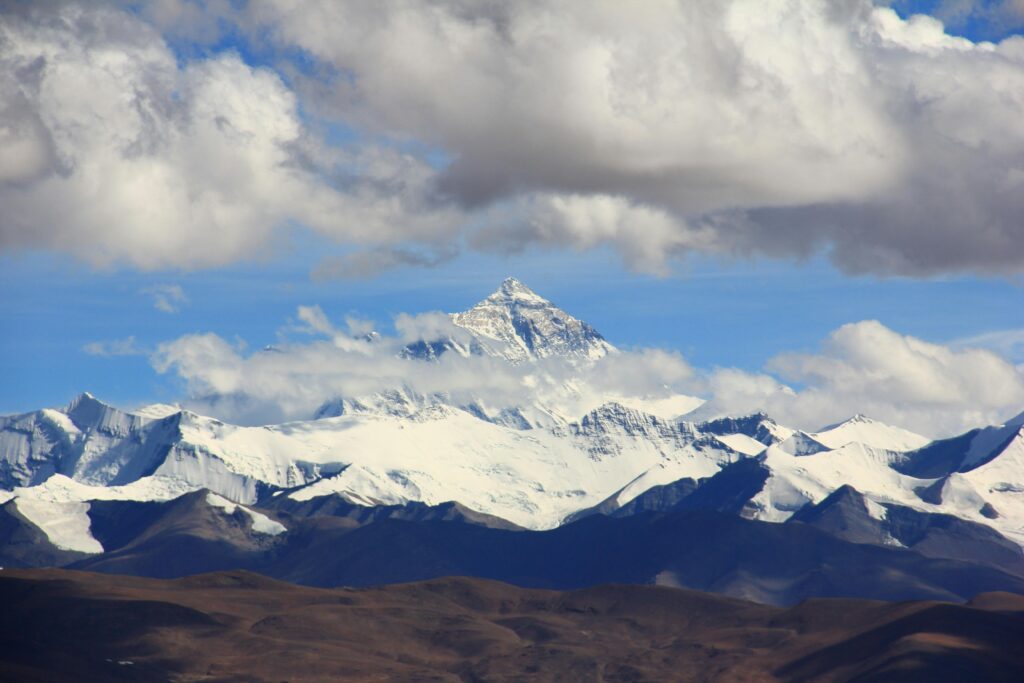
Climbing Mount Everest has become a bucket-list item for many, but the mountain is suffering. In 2019, 381 climbing permits were issued for a single season, contributing to overcrowding and traffic jams at 8,000 meters. At least 300 tons of waste, including tents, cans, and human excrement, have accumulated along the route. Sherpa communities rely on tourism for income, yet face increased risks and underpayment. Nepal now requires climbers to carry down their waste and have prior high-altitude experience, but enforcement is difficult in extreme conditions.
Antelope Canyon, USA

Located on Navajo land in Arizona, Antelope Canyon is renowned for its wave-like rock formations. But the canyon is fragile and highly susceptible to damage from flash floods and excessive foot traffic. Daily visitor limits were introduced, but interest surged thanks to social media. Tourists often ignore safety briefings and crowd narrow pathways, risking injuries and structural harm. The Navajo Nation now requires guided tours, bans drones, and monitors group sizes more carefully, but environmental and cultural respect issues remain ongoing.
Bali, Indonesia
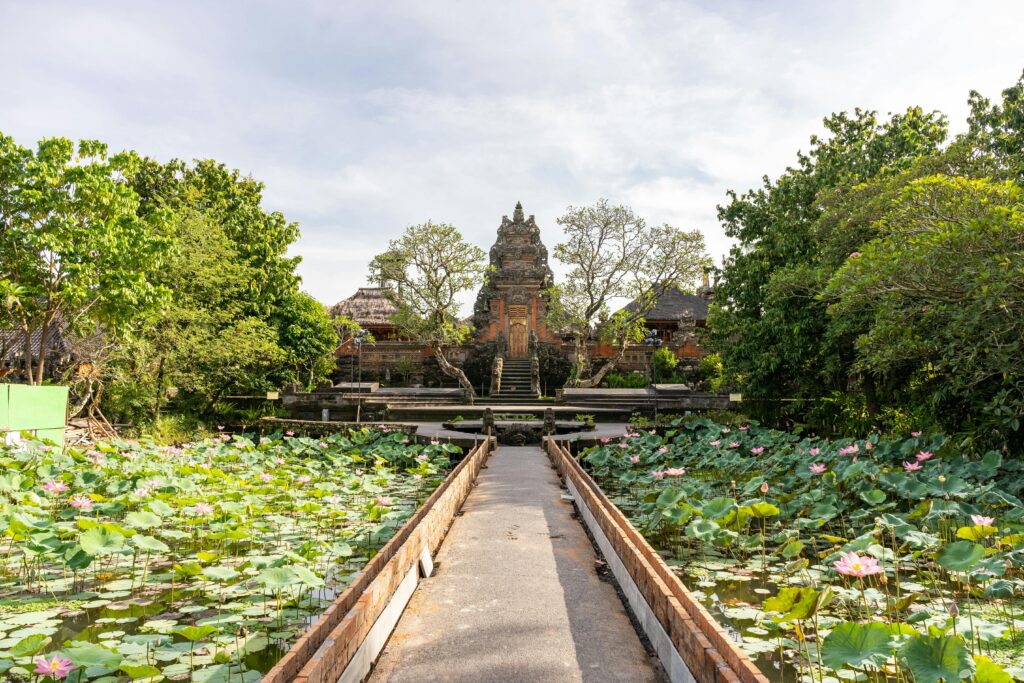
Bali’s tourism boom has come at a steep price. Between 2010 and 2019, international arrivals more than doubled. Water usage by hotels and resorts has drained underground aquifers, leading to rice field degradation and saltwater intrusion. Trash collection systems are overwhelmed, and illegal dumping contributes to marine pollution. Sacred sites like temples are often disrespected by visitors taking inappropriate photos or wearing improper attire. Authorities introduced a tourist tax and plastic bans, but enforcement and education still fall short of curbing the damage.
Read More: 17 Unusual U.S. Destinations Every Solo Traveler Should Visit at Least Once
The Impact of Mass Tourism Is Growing
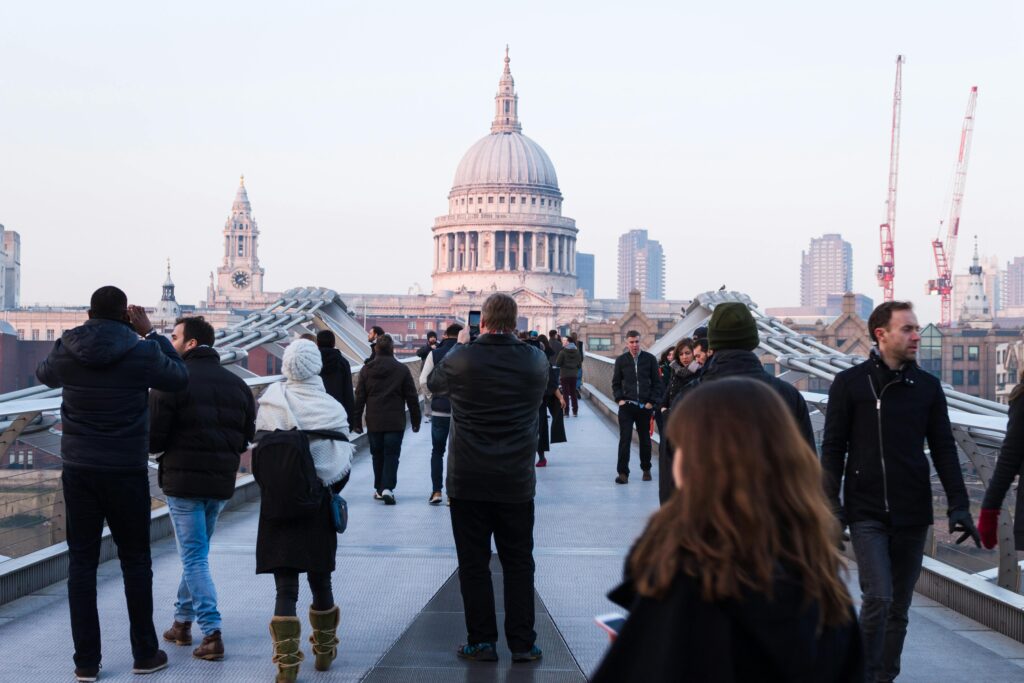
Unchecked tourism is now one of the biggest threats to natural and cultural heritage worldwide. These 12 destinations show how fragile ecosystems and historic communities are under siege. While tourism brings economic growth, the long-term cost of environmental and cultural loss is steep. Real solutions require collaboration between governments, travel companies, and tourists. Enforcing limits, investing in sustainable infrastructure, and encouraging responsible behavior can help reverse the trend. Without action, some of the world’s most beautiful places may become unrecognizable or permanently lost.
Disclaimer: This article was created with AI assistance and edited by a human for accuracy and clarity.

